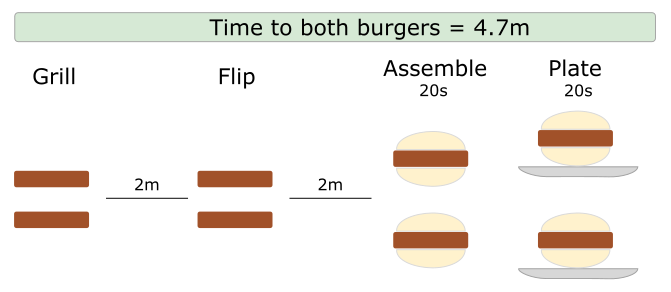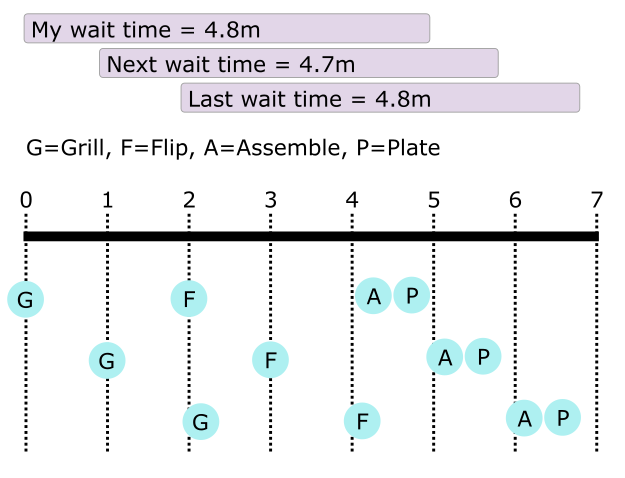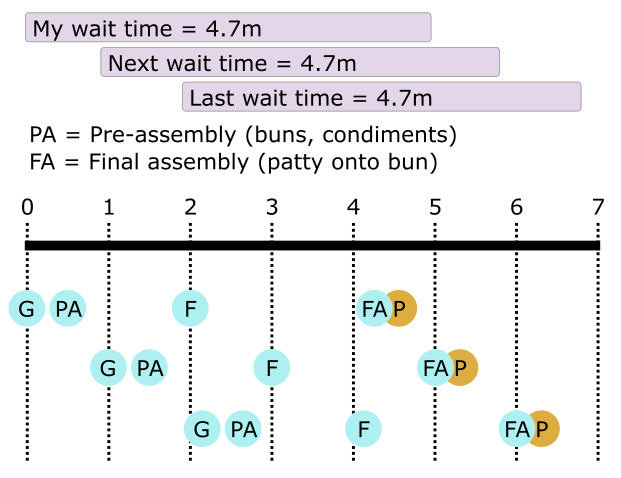The Mythical Man-Month: A Short Review of the Essential Essays
2022-09-09 19:20
A book club I belong to agreed to read Frederick P. Brooks's seminal essay collection The Mythical Man-Month. We somewhat abandoned the book, finding a lot of it hard to relate to because we don't write operating systems for specific hardware in a time-sharing environment. Plus there's no audio version, which is how some of the members like to read. I promised the group I'd read some specific essays because I wanted to, and report back.
I've made good on that promise. I think the following are worth reading for a few reasons, which I touch on below. Something not clear initially is when the essays were written. I think that's important for the context, so include what the dates seem to be.
The Tar Pit (1975)
While not essential, this short essay nicely discusses what makes software hard and enjoyable. I think most of what Brooks says holds true today.
The Mythical Man-Month (1975)
For the title essay, the thesis has held up; adding developers (to a late project) doesn't reduce time-to-completion. Communication is a core challenge of software shops. When new developers are added, there's significant ramp-up time for them, plus other employees' training time devoted to them--taking time away from their own days.
No Silver Bullet (1986)
This is Brooks's other most famous essay, written just as microcomputers are coming on the scene. In it he proposes software development won't see magnitudes of performance improvement from any single tool or process. He also breaks down why that is, and comparing software development to hardware development makes an observation I hadn't considered: it's hardware development that's the outlier. The incredible advances in power coupled with reduced cost hadn't--and haven't--happened in any other industry.
Reading this essay is watching history unfold. Brooks is excited about new approaches--such as objective-oriented programming!
'No Silver Bullet' Refired (1995)
Here, Brooks examines his own essay nine years later. What a difference those years make! And yet, he argues that there is still no single silver bullet despite many advances. He discusses the various critiques of his essay, acknowledges where they're valid, points out where they're not. I enjoyed that he quotes Capers Jones on the subject of productivity.
"NSB," like most writings at the time, was focused on productivity, the software output per unit of input. Jones says, "No. Focus on quality, and productivity will follow."
I completely agree.
The Mythical Man-Month after 20 Years (1995)
This might be my favorite essay. Brooks discusses his entire book, where he was right, and where he was wrong. With gracious humility, he says, "I dismissed Parnas's concept [of information hiding] as a 'recipe for disaster' in Chapter 7. Parnas was right, and I was wrong."
He reveals discussions with the great James McCarthy of Microsoft who pioneered incremental and iterative processes we take for granted (even when business still don't do them!). But mostly, this essay is a snapshot of the industry approaching a turning point of both powerful personal computers and, in a few years, the codification of Agile values and principles. He names bunches of software, a lot I recognized, and most of which is no longer in use.
1995 was only a year after I entered the computing industry. I wish I'd found this book then, though I wouldn't have understood it. So much of what we talk and read about seems new, but Brooks and his colleagues were struggling with--and solving--these problems already.
We owe these masters a debt, and maybe that's why I'm glad I didn't give up on reading more of the book. I feel I've, in a small way, said "thank you" to those who came before me and made my career possible.
One final item. While the essay Why Did the Tower of Babel Fail didn't make my list, I wrote a fuller article about it on my blog. It disputes Brooks's Tower metaphor, and won't be to everyone's taste, but here it is for you to decide for yourself.
Meditation On The Mythical Man-Month: Who Failed On The Tower Of Babel Project?








